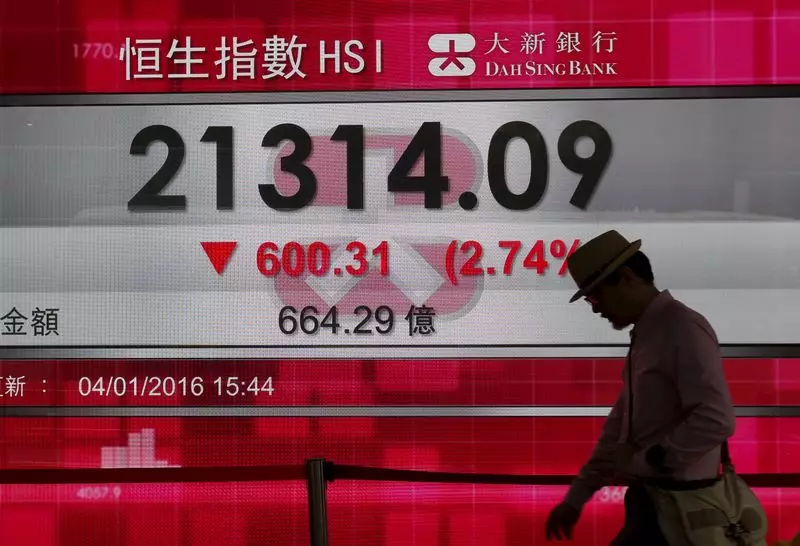China’s financial markets have recently undergone significant turbulence due to the government’s announcement of sweeping economic policy measures. These initiatives have been metaphorically dubbed a “bazooka” by analysts, signaling a robust attempt to revitalize a market that has been in a prolonged state of decline. With many observers closely monitoring the situation, the question arises: Are these measures a sufficient remedy for the underlying structural challenges facing the Chinese economy?
Initial reactions from financial analysts and investors suggest that these policies have successfully injected a dose of optimism into the markets. BCA Research highlights that the measures are likely to lead to a short-term rally, especially for Chinese equities and global asset plays tied to China. The surge in market sentiment can be attributed to a collective belief that these policy shifts will lead to fleeting gains in stock prices, encouraging investors to enter the fray amid perceived opportunities. However, as exhilarating as these developments might be, it begs a deeper analysis of their sustainability and real-world impact.
Despite the immediate buoyancy in the markets, analysts remain cautiously skeptical about the durability of this uplift. BCA Research asserts that while stocks may temporarily outperform expectations, several persistent issues plague the Chinese economy. These issues include rampant debt deflation, subdued household confidence, and an overall lack of faith in the private sector’s potential for recovery. The recognition that current policies comprise a mere 0.8% of GDP raises concerns about their sufficiency to enact meaningful change.
Moreover, the property sector—a critical pillar of China’s economic fabric—continues to languish under previous attempts at stimulus, which have either been inadequately implemented or poorly received. The government’s historic financing initiatives for property developers in 2022 have yielded little fruit, reinforcing the sentiment that more significant measures, potentially including quantitative easing concentrated on the real estate sector, might be essential for long-term recovery.
The reluctance of businesses to engage with government policies poses another hurdle. Skepticism remains predominant among entrepreneurs, particularly concerning government strategies affecting large private enterprises. Adding to this precarious situation, local governments, burdened by existing debt and ongoing anti-corruption drives, may hesitate to adopt new growth-promoting strategies—even if they are theoretically appealing.
Ultimately, while the recent policy measures executed by the Chinese government have elicited a favorable response from market participants looking for short-term gains, the broader economic implications are far from clear. The underlying structural issues that have long plagued the Chinese economy remain unaddressed, suggesting that unless more comprehensive and targeted strategies are adopted, particularly in the property market, the “bazooka” of policies may fizzle out. Thus, stakeholders—both domestic and international—would do well to temper expectations and remain vigilant in their assessments of China’s economic trajectory as it grapples with these formidable challenges.


Leave a Reply